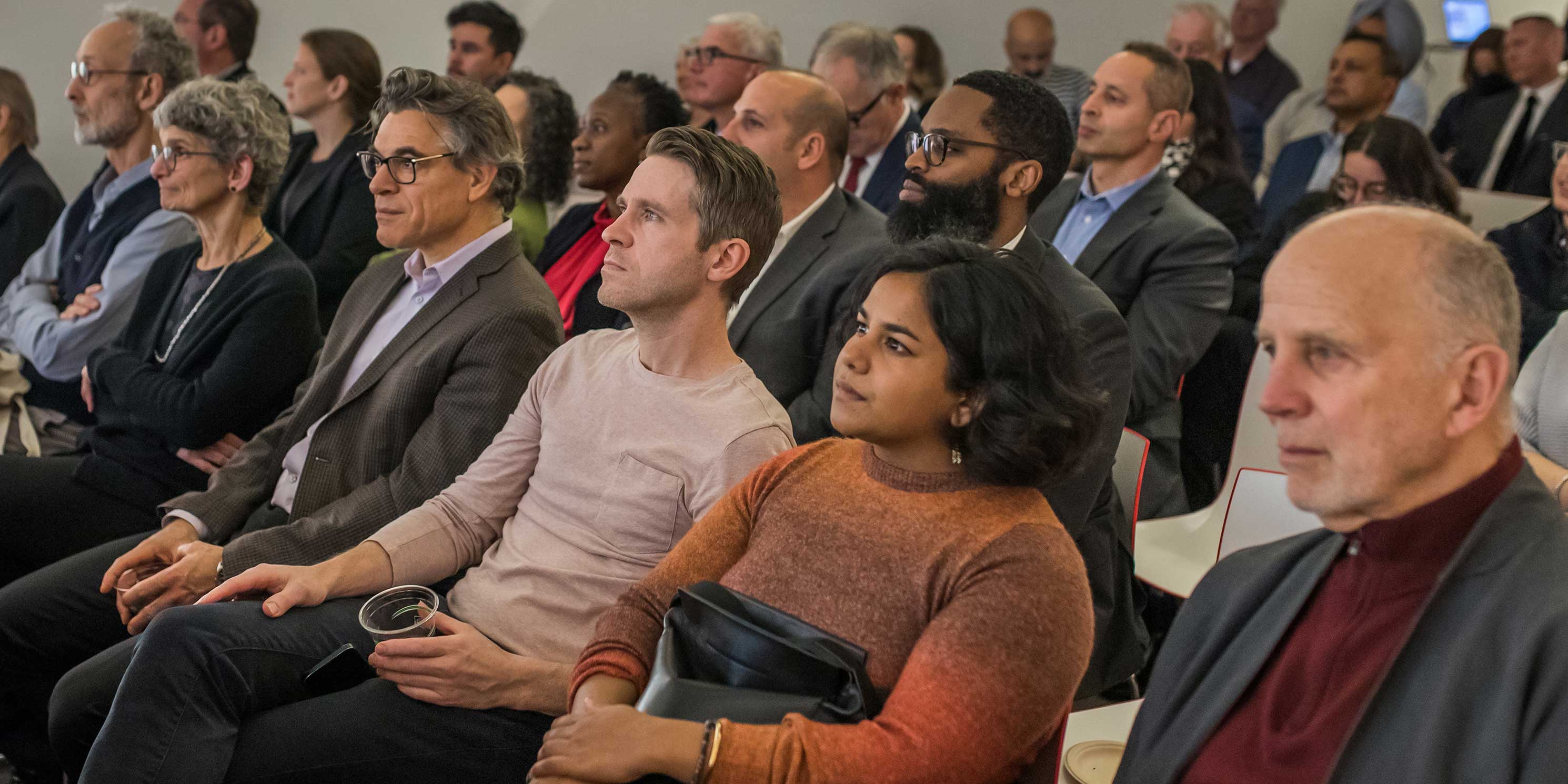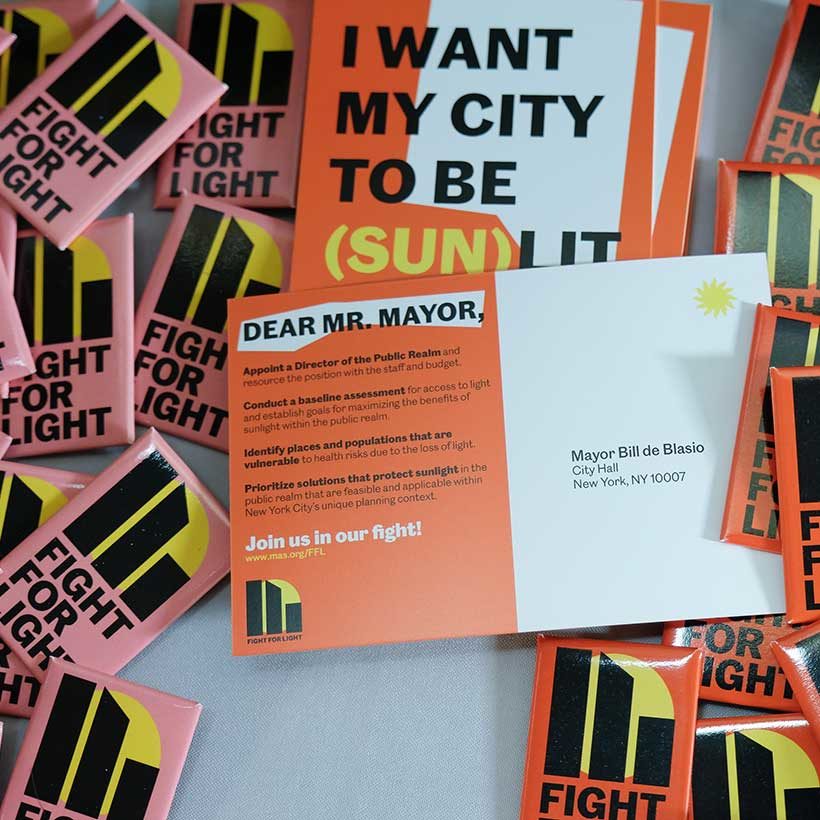President’s Letter: March 2024
Monthly observations and insights from MAS President Elizabeth Goldstein
I grew up in a Mitchell Lama project in the Soundview neighborhood in the Bronx. My early sense of housing in New York was that first apartment south of Bruckner Boulevard. When I went to college, my parents and sister moved. Perhaps they needed a dishwasher once I was gone. That childhood apartment was new construction, built in the early 60s, a clean white box with linoleum floors and aluminum windows.
The four-building complex had playgrounds and enormous parking lots. It was in what we would have called a two-fare transit zone in those days. It was also a block away from my old elementary school, PS 93. The complex was across the street from a huge vacant lot that ran to the Bronx River and the Sound. The Parks Department had already acquired the lot for what would eventually become Soundview Park. The streetscape is completely different now. The park is developed. And the other vacant lots including immediately across from our apartment building now have housing on them, built in the mid-70s as I was preparing to go to college. I have memories of the jackhammers that drove piles for those buildings.
In retrospect, I wonder what it was like to live in the small private homes that lined the blocks to the north. It must have felt weird to have these looming new buildings emerge from what was probably industrial lots before that.

I have been thinking about that Soundview apartment a lot as the city’s proposed planning changes take shape in the push for more housing in general and affordable housing in particular. At MAS, we have been digging deep into the City and State’s proposed policy and legal changes that will drive the landscape for housing development for the foreseeable future.
There are some central questions that are buried below the surface in this debate. Is the desire to preserve neighborhood character just a way to say “not in my neighborhood” or is it a legitimate concern that every neighborhood will become a cookie cutter version of others? Is increasing density within the context of neighborhood typologies possible and desirable? Does everyone need to absorb more housing for the long-term vitality of the city? Is our housing crisis a citywide crisis? Or, is the best way to drive our housing production to let the market choose the best return on neighborhoods?
In testimony, letters and op-eds, MAS has opined on these many issues, and we will continue to do so. We do believe that New York is its neighborhoods. Vibrant neighborhoods have diversity – racially, economically, and culturally. We relish the cacophony of voices and histories that make New York a place that welcomes everyone.
We are not giving up on character. Our housing problem is a citywide problem that must be addressed that way. Take a look at our available FAR map to assure yourself that taking a citywide approach will yield significant increases in housing. HOWEVER, we will be undermining ourselves if we are also not talking about how to deliver transit, schools, libraries, parks, and many other community assets that make neighborhoods cohere and thrive.
Which means the affordability crisis won’t be solved with the stroke of a pen. It is going to take public expenditure and major financial incentives to make it work.
Housing is a New York right, as it should be. However, it will be so much more in keeping with the city that we love, if we are thinking comprehensively about our neighborhoods and their needs.
Thanks for all your support as we continue to lean into these debates. And welcome to spring!

Elizabeth Goldstein
President, Municipal Art Society of New York




